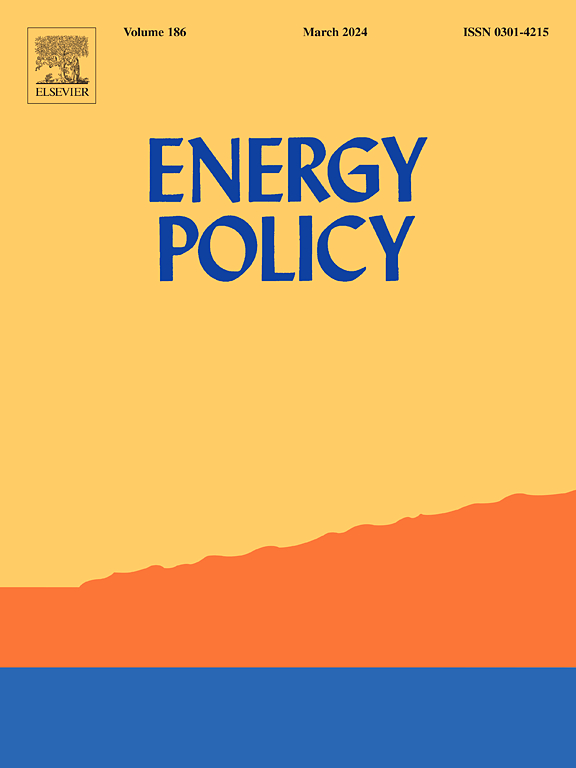Low-carbon policy simulation for offshore wind power development in China's net-zero power sector
IF 9.2
2区 经济学
Q1 ECONOMICS
引用次数: 0
Abstract
To mitigate climate change, offshore wind power, as a crucial component of clean energy in coastal regions, has been receiving significant attention in China. However, due to its still-high costs, its development relies heavily on policy support. we employ a sophisticated power system capacity expansion and operational optimization model to simulate the development pathways of China's offshore wind power under different policy scenarios and explore the essential policy measures needed to facilitate its growth within the framework of the nation's net-zero emissions target for the power sector. The results of our study were striking. We discover that driven by an escalating carbon pricing mechanism, China's offshore wind power is set for sustained long-term growth, with its scale nearly tripling by 2050. Moreover, when complemented by an appropriate combination of green certificate and green credit policies, offshore wind power is expected to achieve further short-term growth. By 2050, its installed capacity is projected at 466 GW, and generation output at 1153 TWh, accounting for 7 % of total installed capacity and 8 % of total electricity generation in the country, respectively. Drawing on these findings, we recommend that policymakers implement a two-stage support policy: in the short term, they should introduce a blended green certificate and green credit policy. In the long term, they should foster the growth of offshore wind power by progressively increase carbon prices.
中国净零电力领域海上风电发展低碳政策模拟
为了减缓气候变化,海上风电作为沿海地区清洁能源的重要组成部分,一直受到中国的高度重视。然而,由于其成本仍然很高,其发展很大程度上依赖于政策支持。我们采用一个复杂的电力系统容量扩张和运行优化模型来模拟中国海上风电在不同政策情景下的发展路径,并探索在国家电力部门净零排放目标框架内促进其发展所需的基本政策措施。我们的研究结果是惊人的。我们发现,在不断升级的碳定价机制的推动下,中国的海上风电将持续长期增长,到2050年,其规模将增长近两倍。此外,在绿色证书和绿色信贷政策的适当结合下,海上风电有望实现进一步的短期增长。到2050年,预计装机容量为466吉瓦,发电量为1153太瓦时,分别占全国总装机容量的7%和总发电量的8%。根据这些发现,我们建议政策制定者实施分两阶段的支持政策:在短期内,他们应该引入绿色证书和绿色信贷混合政策。从长远来看,他们应该通过逐步提高碳价格来促进海上风电的发展。
本文章由计算机程序翻译,如有差异,请以英文原文为准。
求助全文
约1分钟内获得全文
求助全文
来源期刊

Energy Policy
管理科学-环境科学
CiteScore
17.30
自引率
5.60%
发文量
540
审稿时长
7.9 months
期刊介绍:
Energy policy is the manner in which a given entity (often governmental) has decided to address issues of energy development including energy conversion, distribution and use as well as reduction of greenhouse gas emissions in order to contribute to climate change mitigation. The attributes of energy policy may include legislation, international treaties, incentives to investment, guidelines for energy conservation, taxation and other public policy techniques.
Energy policy is closely related to climate change policy because totalled worldwide the energy sector emits more greenhouse gas than other sectors.
 求助内容:
求助内容: 应助结果提醒方式:
应助结果提醒方式:


